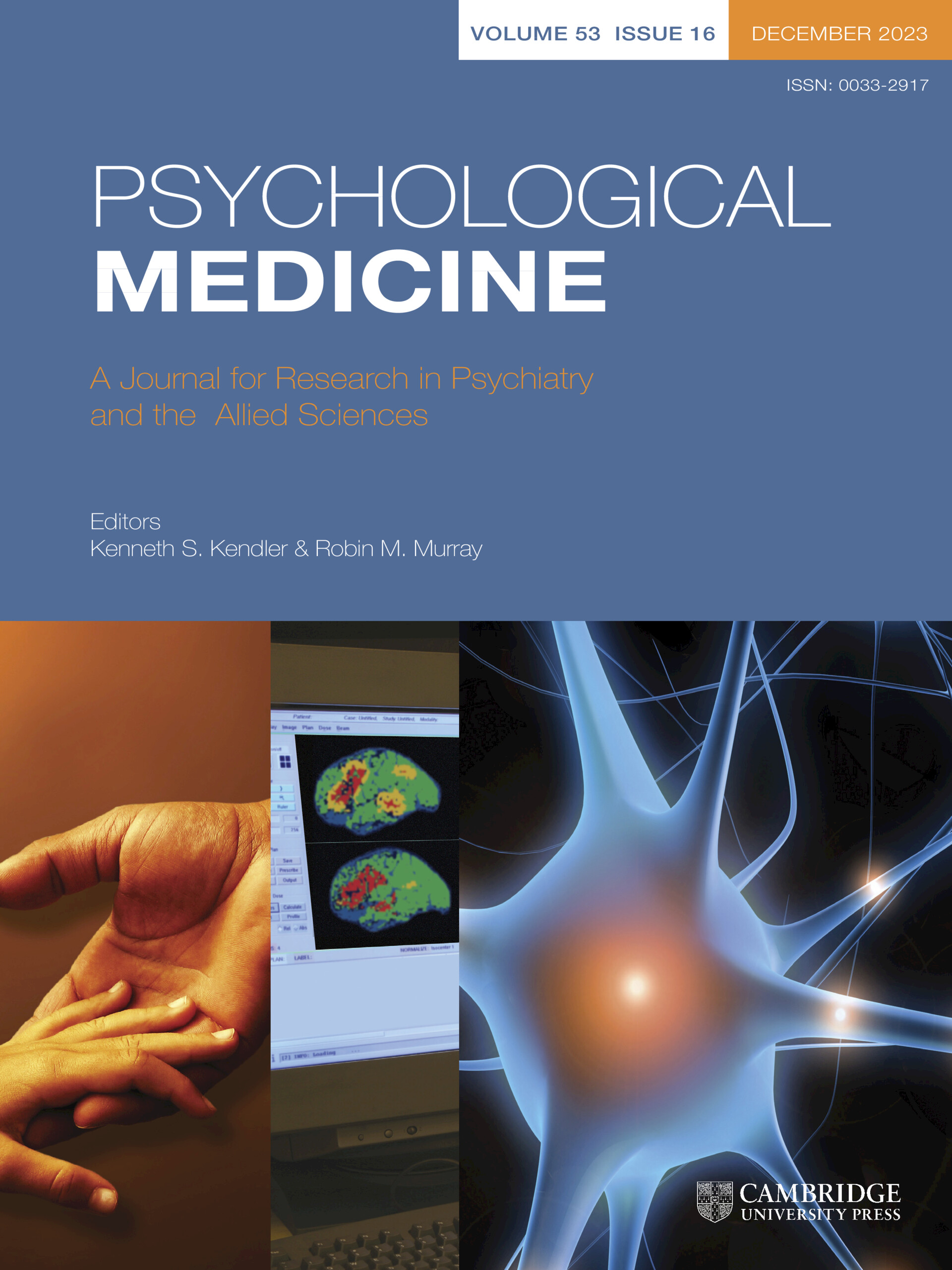Seagal
Well-Known Member

Comparative efficacy and tolerability of nutraceuticals for depressive disorder: A systematic review and network meta-analysis | Psychological Medicine | Cambridge Core
Comparative efficacy and tolerability of nutraceuticals for depressive disorder: A systematic review and network meta-analysis - Volume 55
Abstract
Background
Nutraceuticals have been taken as an alternative and add-on treatment for depressive disorders. Direct comparisons between different nutraceuticals and between nutraceuticals and placebo or antidepressants are limited. Thus, it is unclear which nutraceuticals are the most efficacious.
Methods
We conducted a network meta-analysis to estimate the comparative efficacy and tolerability of nutraceuticals for the treatment of depressive disorder in adults. The primary outcome was the change in depressive symptoms, as measured by the standard mean difference (SMD). Secondary outcomes included response rate, remission rate, and anxiety. Tolerability was defined as all-cause discontinuation and adverse events. Frequentist random-effect NMA was conducted.
Results
Hundred and ninety-two trials involving 17,437 patients and 44 nutraceuticals were eligible for inclusion. Adjunctive nutraceuticals consistently showed better efficacy than antidepressants (ADT) alone in outcomes including SMD, remission, and response. Notable combinations were Eicosapentaenoic acid + Docosahexaenoic Acid plus ADT (EPA + DHA + ADT) (SMD 1.04, 95% confidence interval 0.64–1.44), S-Adenosyl Methionine (SAMe) + ADT (0.99, 0.31–1.68), curcumin + ADT (1.03, 0.55–1.51), Zinc + ADT (1.59, 0.63–2.55), tryptophan + ADT (1.24, 0.32–2.16), and folate + ADT (0.64, 0.17–1.10). Additionally, four nutraceutical monotherapies demonstrated superior efficacy compared to ADT: EPA + DHA (0.6, 0.32–0.88), SAMe (0.52, 0.18–0.87), curcumin (0.62, −0.17 to 1.40) and saffron (0.69, 0.34–1.04). It is noted that EPA + DHA, SAMe, and curcumin showed strong performance as either monotherapies or adjuncts to ADT. Most nutraceuticals showed comparable tolerability to placebo.
Conclusions
This extensive systematic review and NMA of nutraceuticals for treating depressive disorders indicated a number of nutraceuticals that could offer benefits, either as adjuncts or monotherapies.













